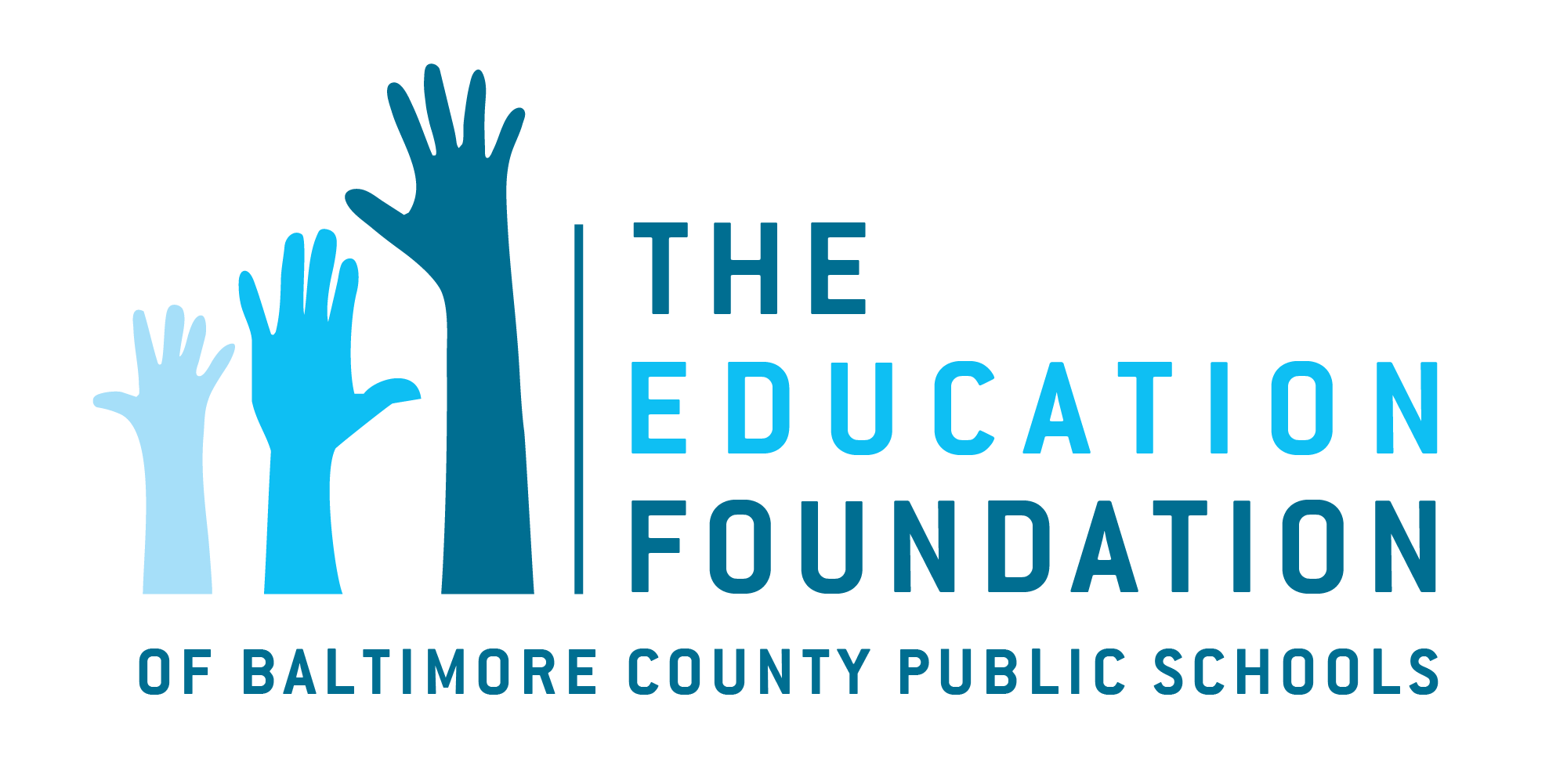BCPS expands Lighthouse Schools instructional digital conversion to middle schools
Seven schools announced Thursday to participate in pilot
TOWSON, MD. – Seven Baltimore County middle schools were named Thursday to become the county’s first “Lighthouse” middle schools, joining with 10 elementary schools that this year have piloted the school system’s instructional digital conversion.
The conversion, which is part of a multi-year effort called S.T.A.T. (Students and Teachers Accessing Tomorrow) to create 21st century learning environments in every classroom in the county, is centered on shifting teaching and learning through the integration of technology. Lighthouse schools are those that have been tasked with pioneering staff development, curriculum conversion, personalized and blended learning, and the use of 1:1 digital devices for each student.
“With one year of S.T.A.T. under our belts, we’re more excited than ever to see how the move toward transformational classrooms will benefit students and teachers both at schools that have been part of the Lighthouse program and those new schools we’re welcoming in,” said BCPS Superintendent Dallas Dance. “Our move to digital instruction has been successful so far, and we are eager to see how our middle school students adapt to these new tools and opportunities.”
The new BCPS Lighthouse schools are:
- Cockeysville Middle
- Dumbarton Middle
- Pikesville Middle
- Ridgely Middle
- Sparrows Point Middle
- Stemmers Run Middle
- Windsor Mill Middle
On Thursday, a caravan of BCPS administrators spent half the day visiting each of the selected schools and surprising principals and teachers as they revealed the news. When principals interrupted the day to share the news with students and staff over school intercoms, cheers from cafeterias and classrooms could be heard.
Ryan Imbriale, BCPS executive director of innovative learning, took delight in welcoming each school into the Lighthouse fold. “You’ll have us in your corner all year, with all sorts of support,” he told principals, some of whom seemed at a loss for words. “This will be an exciting year for all of you who will be working with us on this.”
The schools were identified through a process that began earlier in the school year when middle school principals were asked if they were interested in participating in the second year of the pilot. Once interest was determined, school instructional staff members were surveyed about their level of commitment. Schools with high levels of staff interest and commitment were asked to complete applications, which were reviewed and approved by a special committee.
The conversion, which Dr. Dance introduced as a system priority during his 2012 State of the Schools address, calls for a fundamental shift in teaching and learning. The conversion involves curriculum development, technology upgrades and professional development as well as ongoing changes to policies and procedures in order to reach standards ensuring a 21st-century, technology-driven environment in each classroom.
S.T.A.T. has since won attention both from national and international observers, including recognition through a national Digital Innovation in Learning Award and a grant through Maryland’s 2014 Digital Learning Innovation Fund. Dr. Dance also has discussed S.T.A.T. before audiences including the Federal Communications Commission and a technology symposium in the Republic of Korea.
